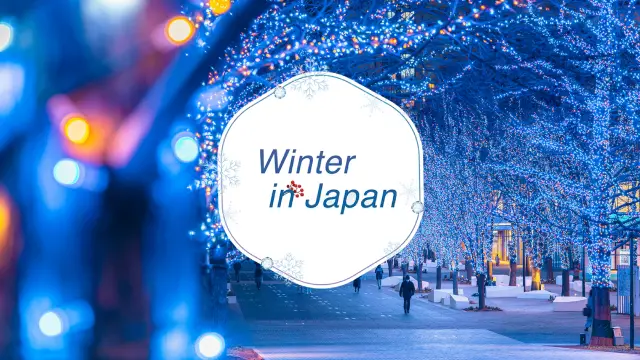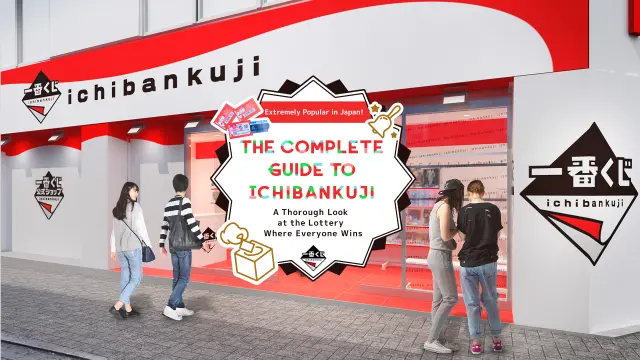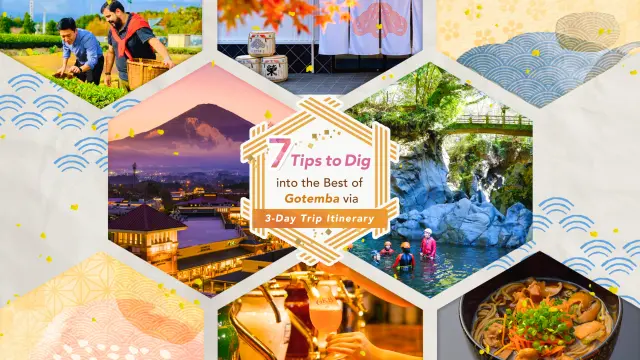This temple was built in 794 along with Sai-ji Temple two years after the capital city was moved to Heiankyo. Although Sai-ji turned into a ruin by the end of Heian Period, Toji kept being rebuilt after each fire damage. The Kondo (Golden) Hall built by Toyotomi Hideyori and the five-storied pagoda gifted by Tokugawa Iemitsu still remain to this day, designated as national treasures.
The area with the Golden Hall and the Kodo Hall charges an admission. The Kodo Hall near the entrance was rebuilt in Muromachi Period and hosts 21 Buddha statues created during Heian and Edo Periods in the likeness of Mandara paintings. They are now national treasures or important cultural properties. Behind the assembly hall, there is the Golden Hall, the highlight of Momoyama-Period architecture. Statues in there, such as Yakushi Nyorai are thought to have been made about the same time as the building.
Behind the Hyotan Pond, the five-storied pagoda stands 55m-tall, actually the tallest in Japan as a wooden tower. The treasure hall is opened in spring and fall each year, showing a huge statue of multiarmed Kannon Bosatsu or Jizo Bosatsu which was said to be held in Sai-ji Temple, etc. Right after you exit the big north gate, there is Kanchi-in Temple opened by Goho, a renowned priest during the Northern and Southern Courts Period.
Highlights
-
Kodo Hall hosts many Buddha statues which look like a 3-D Mandara painting.
-
Looking up at Japan’s tallest five-storied pagoda from Hyotan Pond is a great spot for photos.
-
Kobo-ichi Fair is held on Reverend Kukai’s death date, the 21st of each month.
-
The treasure hall has a different display theme each time it opens in spring and fall.
-
The paper doors in Kanchi-in Temple are said to have paintings done by Miyamoto Musashi.
































